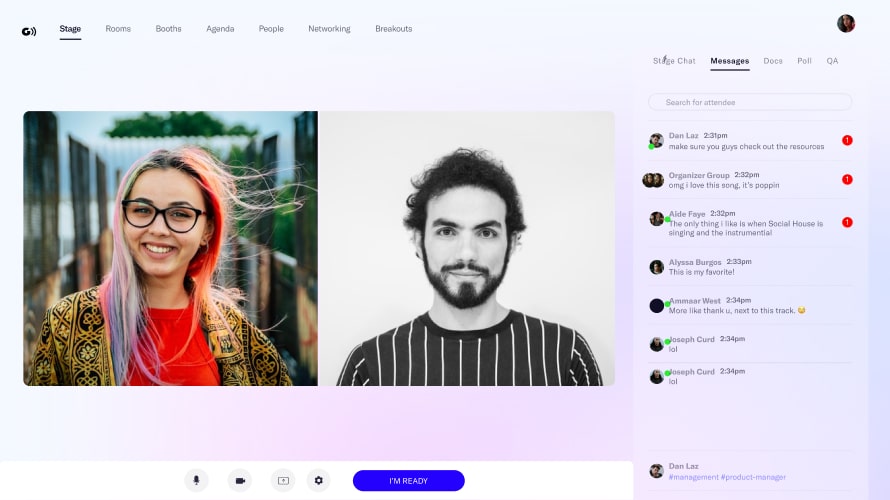What is a Webinar

What are webinars?
Popularized in the later end of the 2010’s, webinars (web + seminar) essentially function as live, recorded video presentations in which experts in a given field can relay their knowledge and experience to a wider audience.
Conversations between you and your audience!
Webinars are meant to function as a conversation between those hosting the session, and those serving as audience members. There isn’t supposed to be a barrier between the host and your audience. Despite the fact that webinars can often have a large audience of 50+, these online sessions maintain a sense of interconnectedness not offered by other platforms.
Benefits of Webinars:
- Flexibility: Your webinars can vary in length, opic and purpose allowing you to serve multiple industries and audiences.
- Generating leads: In a recent study, 73% of marketers cited webinars as the most effective means of generating leads within their industry.
- Repurposing Content: You can repurpose your webinar content into shorter form content for social media.
Since February of 2020, the usage of webinars has increased by nearly 40%. Quickly, organizations from a variety of industries turned to webinars to simultaneously advocate for the causes in which they center around, while also ensuring that they maintained active relationships with individuals within the industry more generally.
A few things you should know about webinars:
Technology
There are a plethora of webinar platforms on the market, and even more so since the world went virtual in 2020. Here’s a quick snapshot of a few companies in the space.
Webex – Includes interactive white board feature, easy file sharing, and chat functioning.
Zoom – includes closed captioning for paid users, hosts up to 100 users on a given link, gives the host full control over screen sharing and microphone settings, and has features available to share your livestream onto other platforms like Facebook and Instagram.
Goldcast – With Goldcast you get more programming options than other platforms: a customizable main stage, breakout rooms for one-on-ones, roundtable rooms to hop in and out of and the option to customize who accesses what so you can make sure all your attendees are right where they need to be
Livestorm: Allows for interactive polls and surveys to be issued to the audience, has resources on how to host a webinar, and provides analytics regarding your webinar’s performance.
What does a Webinar look like?
Though the format of a webinar is almost entirely malleable to an organization’s need, the typical format consists of a presentation conducted by the hosting company, and followed up by a Q&A style session towards the end of the interview.
We recommend creating a presentation in the form of a pitch deck. This way, your audience has a visual component to follow along with as you speak to your topic.
Challenges of a Webinar
The challenges of a webinar are no different than the technological challenges we face when hosting regular online video calls.
The challenges of a webinar typically include technology interruptions such as poor connection, broken microphones, etc. However, with proper ‘dress rehearsals’ prior to the actual event, these issues can quickly be resolved.
Another challenge with webinar may be keeping your audience engaged. This is where we remind you that webinars are not meant to be a “lecture” type situation. Rather, you as the host are responsible for ensuring that your audience is actively interacting with your topic at hand throughout the presentation.
To resolve this potential challenge, we encourage you to ask live questions to your audience, host polls over your platform, and utilize other online features such as whiteboards, surveys, etc.

